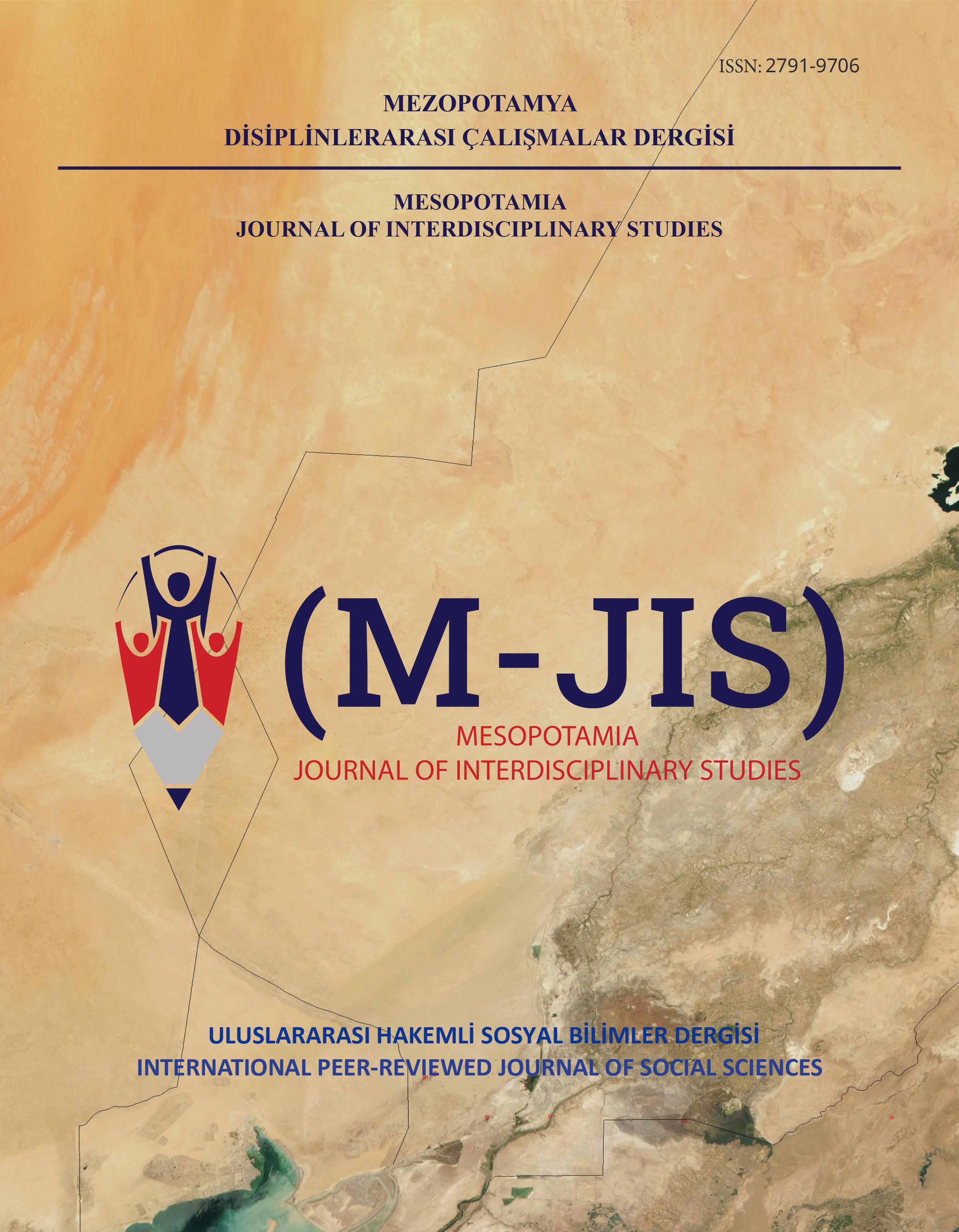Author :
Abstract
Kahl’ın, Die muslimische Gemeinschaft Rumäniens: der Weg einer Elite zur marginalisierten Minderheit isimli çalışması, Social Science Open Access Repository (SSOAR) adlı dergide 2005 yılında yayımlanan makalelerden biridir. Bu yazının devamı, adı geçen makalenin doğrudan tercümesidir. Kahl, bu çalışmasında günümüz Romanya Dobruca topraklarında Türk-Müslüman yerleşimin kronolojisinden ve 17. / 18. yüzyılında Dobruca bölgesinde İslam kültürünün nasıl parlak bir dönem yaşadığını belirtmektedir. 1878 yılında Berlin Antlaşması ile birlikte Dobruca bölgesinde Romanya Devletinin kurulması mevcut durumların her yönü ile hızlı bir şekilde değiştirdiğini ve çoğunlukta olanların nasıl azınlığa düştüklerini ve İslam eserlerinin de aynı oranla zarar gördüğünü yazmaktadır. 1980 yılında azınlıkta olanlara belli haklar tanınsa da asıl rahatlama günümüz Modern Romanya Devletinin kurulması ile başladığını vurgulamaktadır.
Keywords
Abstract
Kahl's study “Romania's Muslim community: an elite's journey to a marginalized minority” is one of the articles published in 2005 in the Social Science Open Access Repository (SSOAR) journal. The continuation of this study is a direct translation of the article. In this study, Kahl mentions the chronology of the Turkish-Muslim settlement in today's Romanian Dobrogea region and indicates how Islamic culture flourished in the region in the 17th and 18th centuries. He writes that the establishment of the Romanian state in the Dobrogea region with the Treaty of Berlin in 1878 rapidly changed the current situation in all aspects and that the majority became the minority and Islamic works were damaged to the same extent. Although minorities were granted certain rights in 1980, he emphasises that the real relief began with the establishment of the modern Romanian state.
